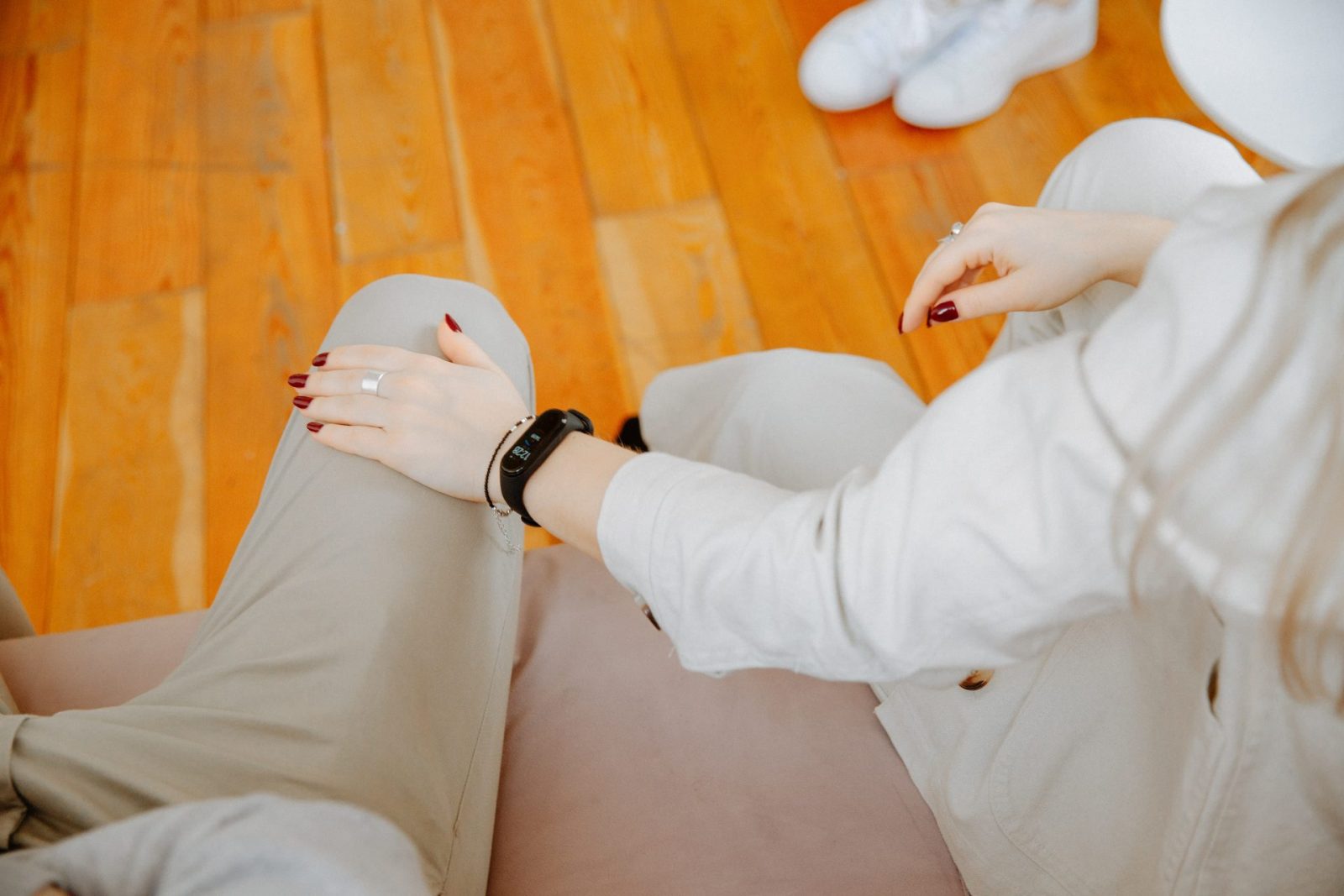A third of knee or hip replacements in Australia don’t need to happen. That’s not to say patients with osteoarthritis (wear and tear) don’t suffer pain and limited function, but the severity of the disease by the time of operation is not always severe. In some cases the arthritis is only mild. So why do patients get these procedures, especially if there is a risk of revision and re-operation later on?
The answer lies in the behaviour of our health system and because sometimes, not always, the easiest treatment pathway is adopted, which may not be the best option for the patient. When patients with osteoarthritis have symptoms every day, it becomes a very intimate affliction affecting every aspects of their lives – sleep disruption from aching joints, inability to walk far or exercise much or climb stairs, not being able to open jars and bottles, difficulty in basic tasks at home such as showering or cleaning or even just getting our of a chair.
If immediate remedies such as paracetamol and reducing loading bearing exhaust themselves, an XR or MRI is often ordered with referral to an orthopaedic surgeon. Then often, arthroscopy (key hole surgery) or joint surgery (half or full replacement) is offered because the disease is considered “end stage”. But not only are these procedures invasive and carry risk, they may not be evidence-based, may not solve the symptoms, and are a significant cost to our health system (the most expensive expenditure for health insurers). For example, there is no evidence for key hole surgery for knee pain in anyone over 50 years of age.
But patients can benefit from more conservative treatment before contemplating surgery. Here is what works to keep patients away from the operating table:
- Intensive weight loss if overweight or obese
- Exercise program, including pilates and tai chi
- Physiotherapy to strengthen muscles around a joint
- Pain management program, including anti-inflammatories and involving a psychologist or mindfulness
- Injections including cartilage derivatives and cortico-steroids
- Alternative therapies such as acupuncture
If you’re one of the 2.2 million Australians with osteoarthritis, talk to your Osana GP about conservative therapies. We can keep you away from joint replacement.
References:
- https://well.blogs.nytimes.com/2014/11/13/think-twice-before-choosing-knee-replacement/
- https://www.sciencedirect.com/science/article/pii/S0883540320300942?via%3Dihub
- https://pubmed.ncbi.nlm.nih.gov/32534579/
- https://bjsm.bmj.com/content/early/2020/06/15/bjsports-2020-102024
- https://healthsciences.unimelb.edu.au/departments/physiotherapy/about-us/chesm/news-and-events/peak-training-program
